Here you can find the specific information on the cost of living in Thailand: estimate of costs, revenues, and resources over a specified period, and more.
Thailand is one place in the world where you can still enjoy aspects of first-class living at economy-class prices, as Asia Correspondent Paul Terhorst explains:
“A friend from Bangkok visited Vicki and me recently in Chiang Mai. The three of us had lunch at the five-star Shangri-La Hotel. The place oozes elegance. The weekday businessman’s special lunch buffet is pasta, pizza, and dessert with espresso coffee, all for about US$8. When it’s just Vicki and me, we eat where Thais eat. A plate of fried noodles—Pad Thai, a spicy curry with rice, or a stir-fry veggie dish—for just a dollar or two.”
Paul continues:
“If you’re in the market for an affordable and exotic place to retire, consider settling down in Chiang Mai, where a retired couple could live for as little as US$1,055 per month if they rent…or for as little as US$765 per month if you own your own apartment or condo.”
Cost Of Living In Thailand: Hua Hin
Hua Hin is one of the few classic retirement havens in Southeast Asia, complete with golf courses, factory outlets, and gated communities.
Located less than three hours south of Bangkok, Hua Hin has a population of 70,000. Foreigners make up approximately 15% of that population, and most of them are retired.
With 12 golf courses in operation and another 3 under construction, this is definitely the place to go if you’re a golf enthusiast.
If you were so inclined, you could live a “North American lifestyle” in Hua Hin and never have to involve yourself more than superficially with Thai culture.
With its Western-style restaurants, nightlife, club-sponsored softball leagues, and wine tastings, it would be easy to stay busy in Hua Hin with North American-like pursuits. English is widely spoken and understood.
Some foreigners have lived in Hua Hin for years without feeling the need to learn a single word of Thai.
Although Hua Hin isn’t the cheapest destination in Southeast Asia, the cost of living is reasonable by Western standards. The infrastructure is good, health care is modern and affordable, and the overall standard of living is excellent.
Cost Of Living In Bangkok
Your first impressions of Bangkok will likely be that this is a huge, sprawling city with some tourist attractions and a lot of bars. If you stick around a while, though, your perception of Bangkok will change.
One thing that any retiree can appreciate is the low cost of living in this city. Relatively cheap rent, bargain street food, and inexpensive transportation add up to an overall very affordable cost of living.
But, if you don’t mind a simple lifestyle, you can get by on a budget of less than US$1,000 per month. If your nest egg stretches to US$3,000 per month, you could live like royalty in this city.
Cost Of Living In Chiang Rai
With a population of fewer than 100,000, Chiang Rai offers an intimacy that cannot be found in a large city. Although there are internationally accredited hospitals here, as well as some large shopping complexes just outside the city center, a small town ambiance prevails.
Chiang Rai is in a natural setting. Thick, cool forests, majestic waterfalls, elephant camps, hot springs, and some of the most diverse hill-tribe villages in the world are located just a short distance outside the city.
Most expats move to Chiang Rai after living in Chiang Mai. Here they tout the cleaner air, lighter traffic, friendlier population, and lower cost of living. Further, unlike better-known Chiang Mai, Chiang Rai is not overrun by tourists and expats.
Chiang Rai has largely escaped the breakneck pace of “development at any cost” prevalent in much of Southeast Asia. Rental prices are extremely low, and you get a lot of house for your money.


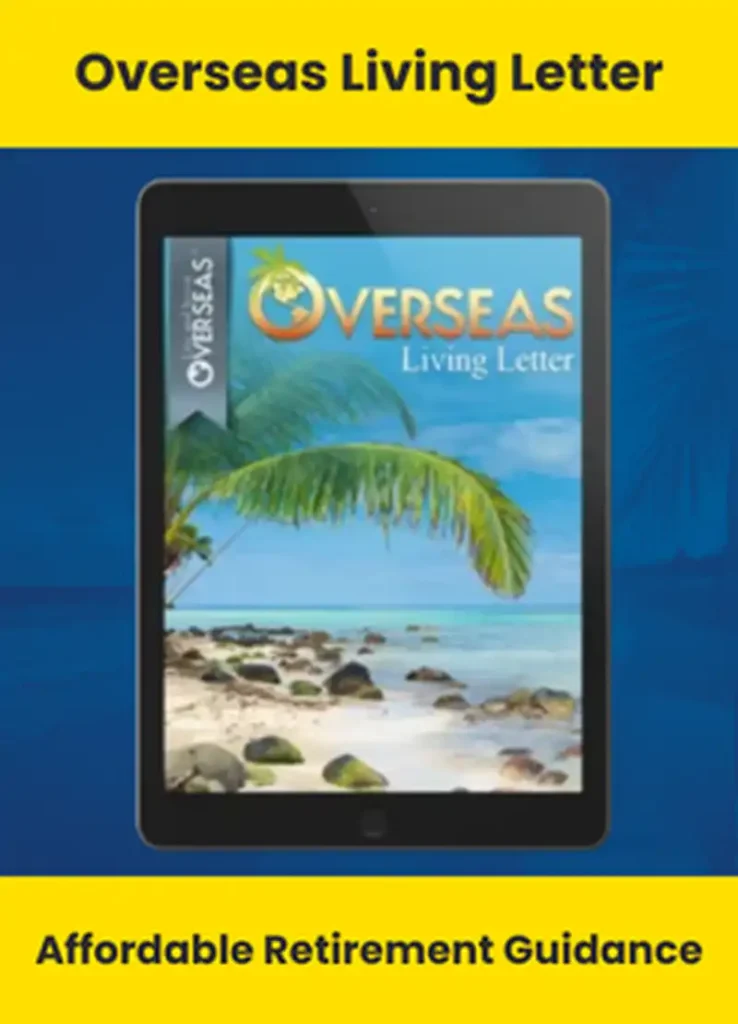







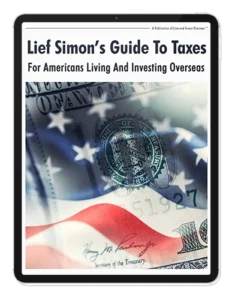
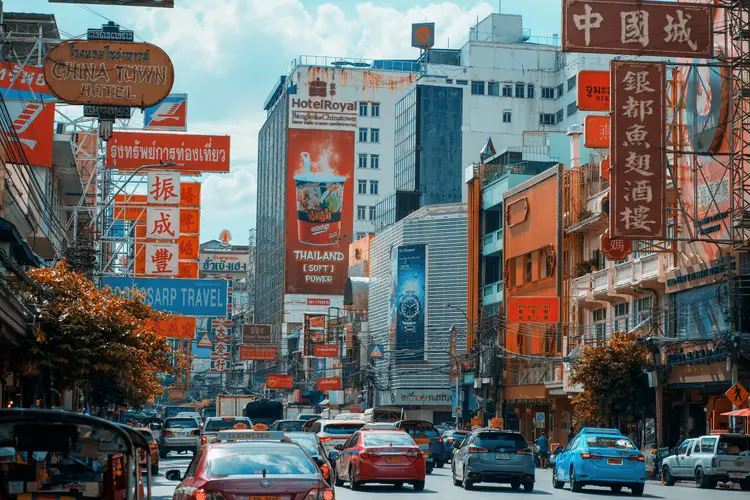
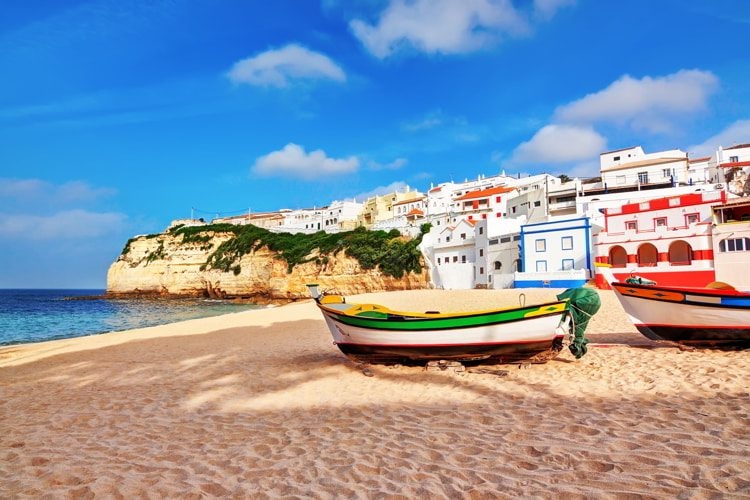 . '
. '
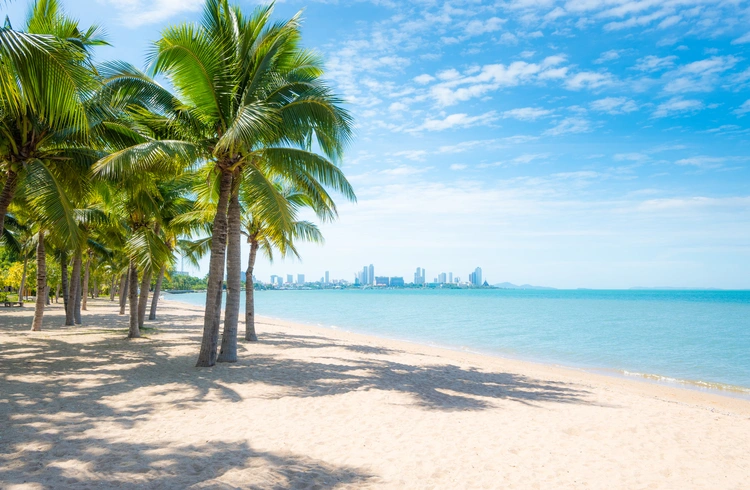 . '
. '
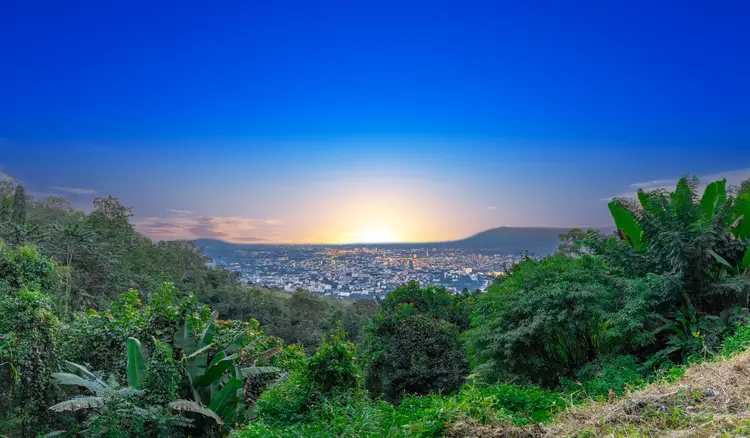 . '
. '
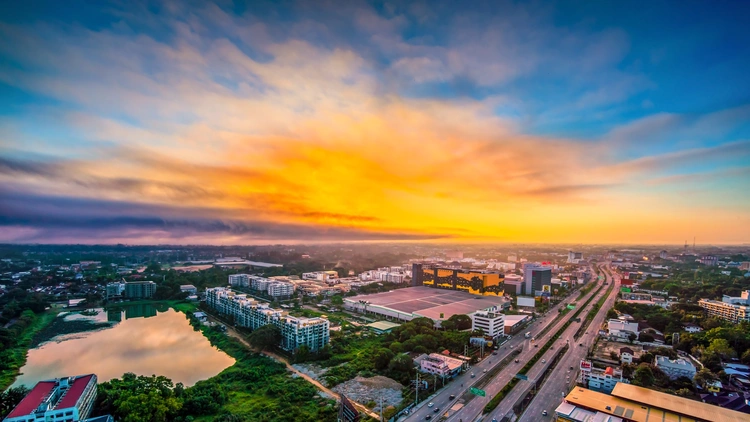 . '
. '
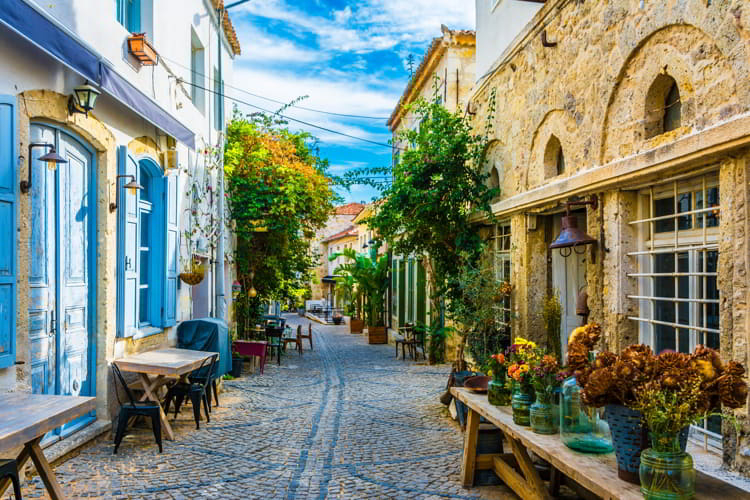 . '
. '








